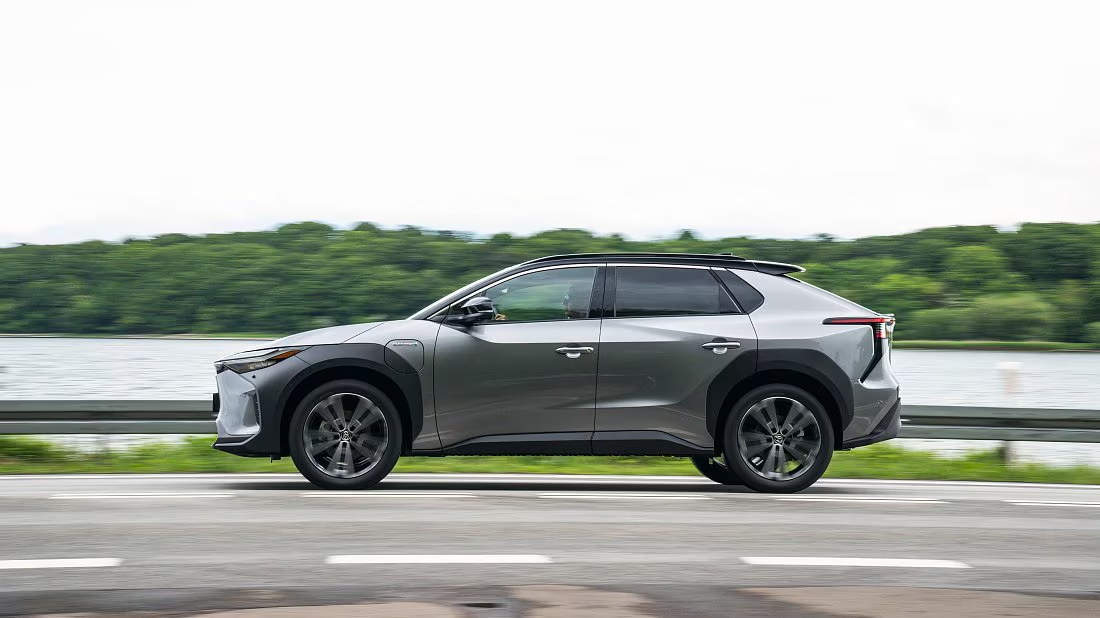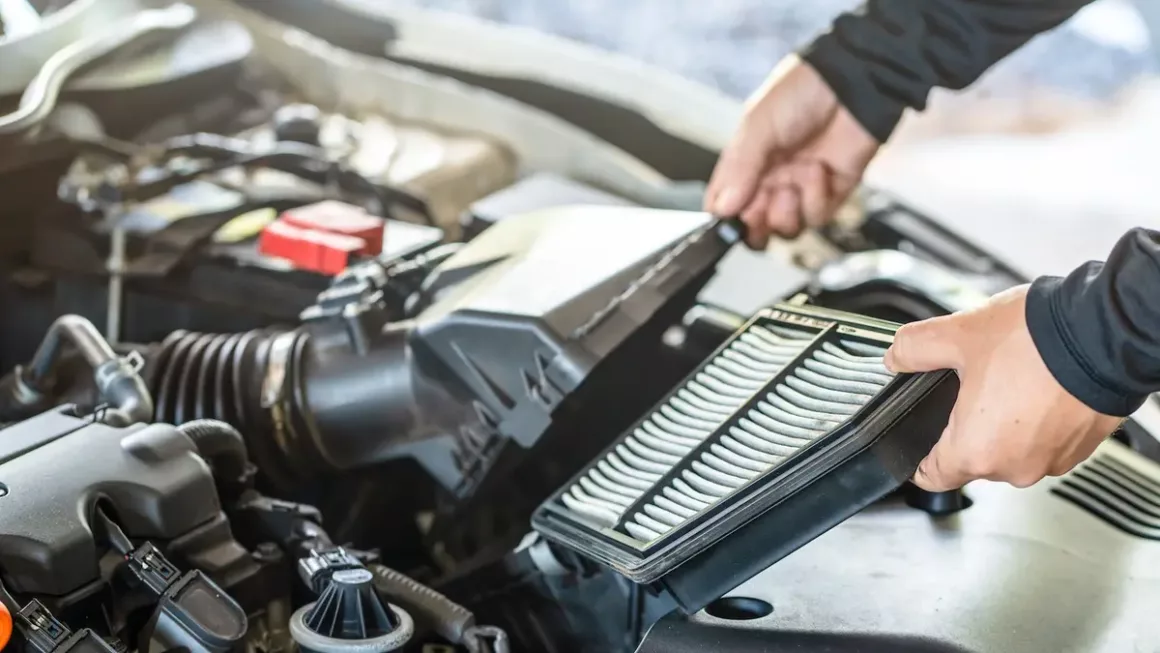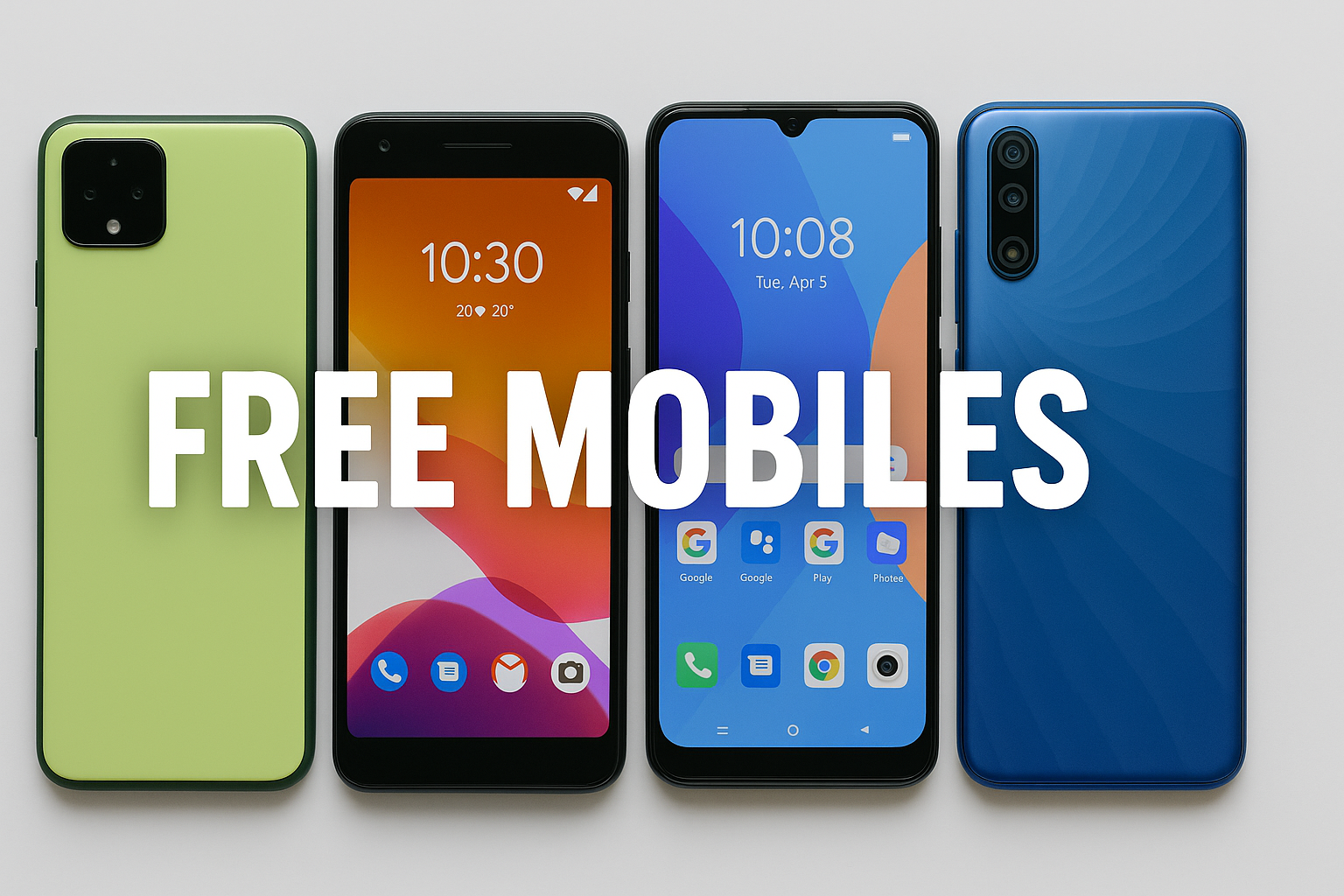The Indian automobile market is going through a revolution, and electric cars (EVs) are leading the charge. With rising fuel prices, government subsidies, and increasing charging infrastructure, 2025 is shaping up to be the year of EV adoption in India.
If you are planning to buy an electric car this year, you’re not alone. EV sales in India are expected to grow by over 35% in 2025, making them one of the fastest-growing segments in the auto sector.
But the key question remains: Which are the best electric cars to buy in India in 2025?
This guide compares the Top 10 EVs in India 2025, along with their price, range, features, and subsidy benefits under the government’s FAME-II and state EV policies.
✅ Why Buy an Electric Car in 2025?
- Cheaper Running Cost – EVs cost only ₹1–1.5 per km, compared to ₹6–8 for petrol cars.
- Government Subsidy – Buyers can get up to ₹1.5 lakh subsidy under FAME-II + state-level incentives.
- Eco-Friendly – Zero tailpipe emissions, lower carbon footprint.
- Low Maintenance – Fewer moving parts = less servicing and long-term savings.
- Future-Ready – Many cities are planning EV-only zones by 2030.
🚘 Top 10 Best Electric Cars in India 2025
Here’s a list of the most promising EVs this year:
1. Tata Nexon EV Facelift (2025)
- Price: ₹15.5 – 18.9 lakh
- Range: 465 km/charge
- Charging: 60 min (DC fast)
- Highlights: India’s best-selling EV with improved design, AI-powered infotainment.
- Subsidy Benefit: Up to ₹1.5 lakh under FAME-II.
2. MG ZS EV 2025
- Price: ₹22.9 – 26.5 lakh
- Range: 500 km/charge
- Charging: 50 min fast charging
- Highlights: Panoramic sunroof, ADAS safety features, large 10.1-inch infotainment.
- Subsidy Benefit: ₹1.5 lakh + state subsidy.
3. Hyundai Ioniq 5 (Assembled in India)
- Price: ₹45 – 48 lakh
- Range: 631 km/charge (one of the highest in India)
- Charging: 18 min ultra-fast (350kW charger)
- Highlights: Award-winning design, luxury interiors, 21 advanced safety features.
- Subsidy Benefit: ₹1 lakh (due to localization).
4. Mahindra XUV400 EV (2025 Update)
- Price: ₹15.9 – 18.5 lakh
- Range: 456 km/charge
- Charging: 50 min fast charge
- Highlights: Spacious SUV, 6 airbags, best for families.
- Subsidy Benefit: ₹1.5 lakh under FAME-II.
5. BYD Atto 3 (2025)
- Price: ₹33 – 34.5 lakh
- Range: 521 km/charge
- Charging: 45 min fast charge
- Highlights: Premium EV, best battery tech in segment, very refined interiors.
- Subsidy Benefit: Limited, since it’s a CBU import.
6. Tata Punch EV (2025)
- Price: ₹9.9 – 13.5 lakh
- Range: 350 km/charge
- Charging: 60 min fast charge
- Highlights: Affordable EV SUV for city users, strong safety rating.
- Subsidy Benefit: ₹1.5 lakh under FAME-II + state subsidy.
7. Kia EV6 (2025 Refresh)
- Price: ₹59 – 64 lakh
- Range: 528 km/charge
- Charging: 18 min (350kW fast charging)
- Highlights: Stylish crossover, sporty performance, luxury features.
- Subsidy Benefit: ₹1 lakh (locally assembled).
8. Maruti Suzuki eVX (Launch 2025)
- Price: Expected ₹18 – 22 lakh
- Range: 450–500 km/charge
- Charging: 1 hour (fast)
- Highlights: Maruti’s first global EV with Toyota partnership.
- Subsidy Benefit: Expected under FAME-II.
9. Citroën ëC3 (2025 Update)
- Price: ₹12 – 13.5 lakh
- Range: 320 km/charge
- Charging: 57 min fast charging
- Highlights: Compact EV hatchback, best for urban use.
- Subsidy Benefit: ₹1.5 lakh subsidy.
10. Volkswagen ID.4 (Expected 2025 Launch)
- Price: Expected ₹40 – 45 lakh
- Range: 520 km/charge
- Charging: 35 min fast charge
- Highlights: Global best-seller, premium SUV with German engineering.
- Subsidy Benefit: Likely limited due to import.
⚡ Government Subsidy & Incentives in 2025
FAME-II Scheme (Central Govt)
- Subsidy of ₹10,000 per kWh battery capacity, capped at ₹1.5 lakh per car.
- Applicable for locally manufactured EVs.
State-Level Subsidies (2025 Highlights)
- Delhi: ₹10,000 per kWh up to ₹1.5 lakh, road tax exemption.
- Maharashtra: ₹2.5 lakh total subsidy, scrappage incentive ₹25,000.
- Gujarat: ₹1.5 lakh subsidy + road tax exemption.
- Tamil Nadu & Karnataka: 100% road tax exemption.
👉 Together, these subsidies can reduce EV cost by ₹2–3 lakh easily.
🔋 Charging Infrastructure in 2025
- India now has 15,000+ public EV charging stations (up from 6,000 in 2023).
- Major highways like Delhi-Mumbai, Delhi-Chandigarh, and Bangalore-Chennai have fast-charging corridors.
- Companies like Tata Power, Statiq, Jio-bp, and Adani are rapidly expanding charging grids.
💡 Tips to Choose the Right Electric Car
- Daily Driving Needs – If your commute is <50 km/day, a car with 300 km range is enough.
- Budget vs Premium – Tata Punch EV or Citroën ëC3 for budget users; Hyundai Ioniq 5 or Kia EV6 for luxury buyers.
- Charging Access – If you live in an apartment, check if your society supports home charging.
- Resale Value – EVs with bigger range and brand backing (Tata, Hyundai, Maruti) will have better resale value.
- Subsidy Eligibility – Always confirm if the model is covered under FAME-II + state subsidy.
📊 Price-Range-Subsidy Quick Comparison (2025)
| Model | Price (₹) | Range (km) | Subsidy |
|---|---|---|---|
| Tata Nexon EV | 15.5 – 18.9 L | 465 | ₹1.5 L |
| MG ZS EV | 22.9 – 26.5 L | 500 | ₹1.5 L |
| Hyundai Ioniq 5 | 45 – 48 L | 631 | ₹1 L |
| Mahindra XUV400 EV | 15.9 – 18.5 L | 456 | ₹1.5 L |
| BYD Atto 3 | 33 – 34.5 L | 521 | Limited |
| Tata Punch EV | 9.9 – 13.5 L | 350 | ₹1.5 L |
| Kia EV6 | 59 – 64 L | 528 | ₹1 L |
| Maruti eVX | 18 – 22 L | 450–500 | ₹1.5 L (expected) |
| Citroën ëC3 | 12 – 13.5 L | 320 | ₹1.5 L |
| Volkswagen ID.4 | 40 – 45 L | 520 | Limited |
🏆 Final Thoughts
2025 offers a wide variety of electric cars in India – from budget-friendly hatchbacks like Tata Punch EV to premium futuristic models like Hyundai Ioniq 5 and Kia EV6.
If you want affordable + practical, go with Tata Nexon EV or Mahindra XUV400.
If you want luxury + long range, choose Hyundai Ioniq 5 or Kia EV6.
If you’re waiting for the next big launch, keep an eye on Maruti eVX and Volkswagen ID.4.
With subsidies, cheaper running costs, and improving charging networks, switching to an EV in 2025 is not just eco-friendly – it’s also economically smart.








